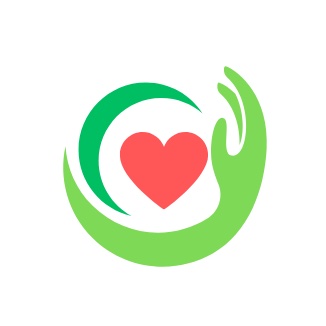Securing a healthcare job overseas involves navigating a licensing process that varies by country and profession. Understanding the steps and preparing adequately can make this process smoother and more efficient.
1. Research Licensing Requirements
Every country has specific regulations for healthcare professionals. Start by identifying the governing body responsible for licensing in your target country. For example, the General Medical Council (GMC) in the UK regulates doctors, while the Nursing and Midwifery Board oversees nurses in Australia. Check the following:
- Eligibility criteria for foreign-trained professionals
- Required documents and certifications
- Language proficiency tests
2. Verify Your Credentials
Most countries require healthcare professionals to validate their educational and professional qualifications. Common steps include:
- Obtaining transcripts from your educational institution
- Credential verification through organizations like the Educational Commission for Foreign Medical Graduates (ECFMG) or World Education Services (WES)
- Ensuring your degree meets the equivalent standards of the destination country
3. Pass Licensing Exams
Many countries require candidates to pass specific exams to demonstrate their knowledge and skills. Examples include:
- United States Medical Licensing Examination (USMLE) for doctors in the U.S.
- NCLEX for nurses in the U.S. or Canada
- PLAB for doctors in the UK
Preparation resources, such as study guides and practice tests, are widely available online or through training centers.
4. Meet Language Proficiency Requirements
Healthcare professionals often need to prove proficiency in the language of the destination country. Common tests include:
- IELTS or TOEFL for English-speaking countries
- OET (Occupational English Test) for healthcare professionals
Achieving the required score is essential for licensing and effective communication with patients and colleagues.
5. Complete Additional Training if Required
Some countries may mandate bridging programs or supervised practice to align your skills with local standards. Examples include:
- Pre-registration training for pharmacists in the UK
- Clinical placements for nurses in Canada
- Residency requirements for doctors in the U.S.
6. Prepare Required Documents
The licensing process usually involves submitting extensive documentation. These often include:
- Proof of identity (passport, national ID)
- Educational certificates and transcripts
- Professional license from your home country
- Letters of recommendation or references
- Proof of work experience
Ensure that all documents are notarized or translated if required.
7. Submit Your Application
Complete your application through the official platform of the regulatory body. Double-check for accuracy and attach all required documents. Some regulatory bodies charge fees, so be prepared to pay these during submission.
8. Stay Updated on Application Status
Licensing processes can take weeks or months to complete. Regularly monitor your application status and respond promptly to any requests for additional information.
9. Seek Professional Assistance if Necessary
If the process seems overwhelming, consider seeking guidance from a recruitment agency or a professional consultant specializing in international healthcare licensing. They can provide tailored advice and help with documentation.
10. Understand the Timeline and Plan Accordingly
Licensing processes vary in duration, so plan your move abroad accordingly. Start the process early to avoid delays in starting your new role.
Successfully navigating the licensing process is a crucial step toward achieving your goal of working overseas in healthcare.






